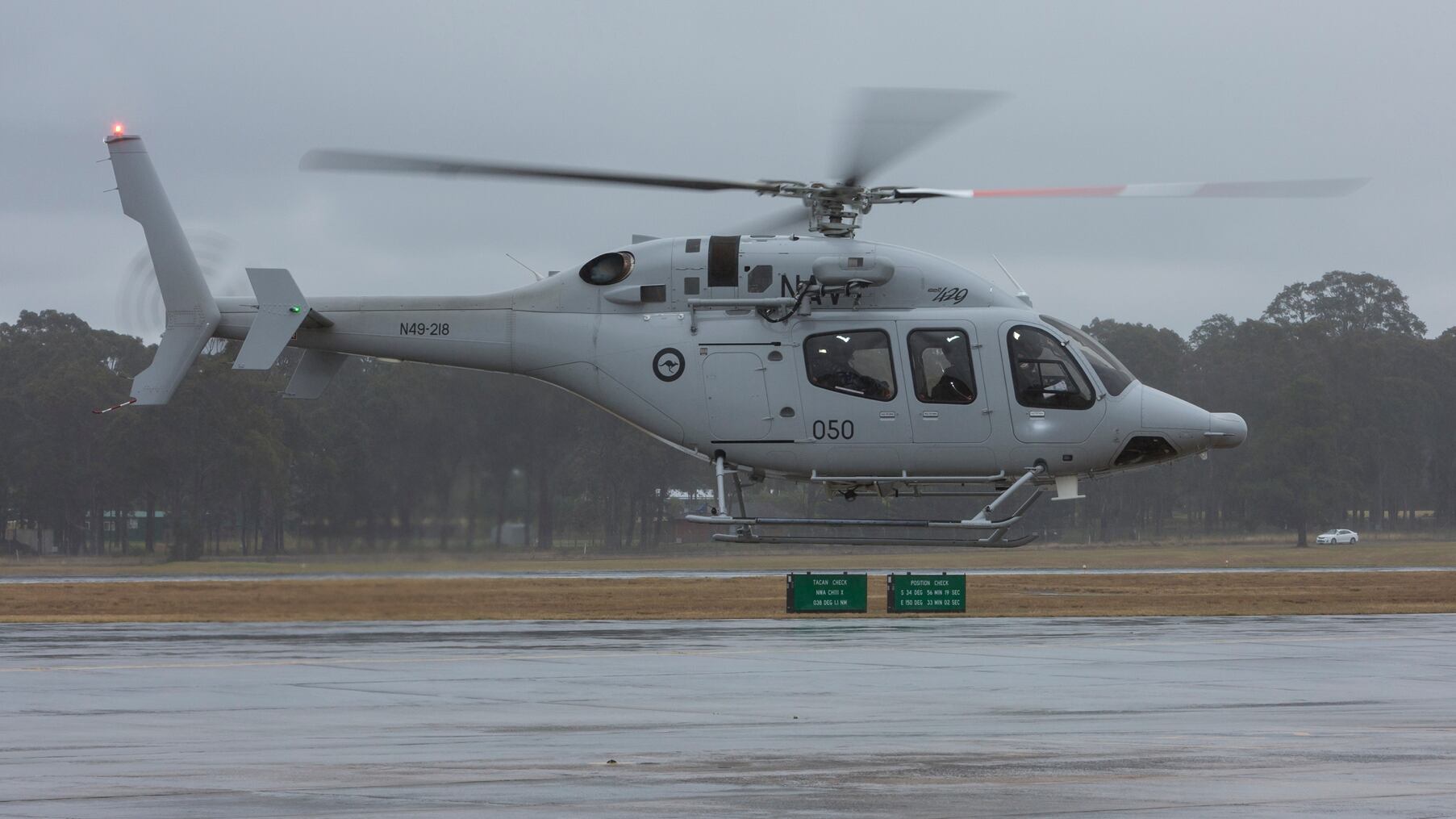MELBOURNE, Australia — Australia is continuing to ramp up its capabilities of and training on the Boeing P-8A Poseidon multimission aircraft, even as it takes deliveries of more aircraft and looks at future growth for the system.
Speaking to media at the Avalon Airshow in Victoria, Australia, Group Capt. John Grime, the head of the Royal Australian Air Force No. 92 Wing, which handles maritime operations, said a main differences between the P-8A and the Lockheed Martin AP-3C Orion that it replaced is the amount of information the new aircraft can receive and process from its own systems as well as from other Australian and partner materiel.
“The connectivity and integration we get is an absolute step change, it’s not something that’s slightly better than the P-3, but a step change in how we operate," Grime said.
The networked capabilities of the P-8A and the reduced need for voice-based communication between the crew and other assets means tactical coordinators have the necessary situational awareness to effectively carry out complex operations, Grime added.
One of the anti-submarine warfare systems the P-8A lacks, compared to the Orion, was a magnetic anomaly detector that identifies minute variations in the Earth’s magnetic field, which could indicate a possible underwater submarine contact. A former Orion pilot, Grime was asked about his thoughts on this and admitted he was initially skeptical, but with anti-submarine warfare generally performed at medium altitude, and with the “sensor performance and acoustic capability means, [the lack of a magnetic anomaly detector] doesn’t impact anywhere as much as I thought it would.”
Grime also touched on the Air Force’s P-8A crew training program, with Grime calling the two simulators used by the service — which replicate the front and back of the P-8A — “the best simulators I have ever seen.”
He added that about 70 percent of high-end training is done in simulators, with the remaining done in the air. Australia is also adopting a distributed training approach with its simulators, meaning P-8 crews can train on a simulator that is linked to a ship at port elsewhere in Australia, reducing costs as well as wear and tear on equipment.
RELATED

From its ninth P-8A onward, Australia will have a sixth operator station added to its aircraft, up from the current five. The increased number of operator stations is a change requested by Australia and will allow the Air Force to take advantage of improved capabilities that will come with the P-8A’s Increment 3 upgrade. The sixth operator station will also be retrofitted to the earlier Australian aircraft.
The service has already used the P-8A on operational missions in the Asia-Pacific region, having taken part in Australia’s ongoing patrol missions in the South China Sea under Operation Gateway. It also deployed an aircraft to the Japanese island of Okinawa to enforce the United Nations’ embargo on North Korea, imposed as a result of the latter’s ongoing nuclear weapons program.
Australia has 12 P-8As on order, and an order for three more aircraft currently subject to an acquisition approval process.
Mike Yeo is the Asia correspondent for Defense News.






